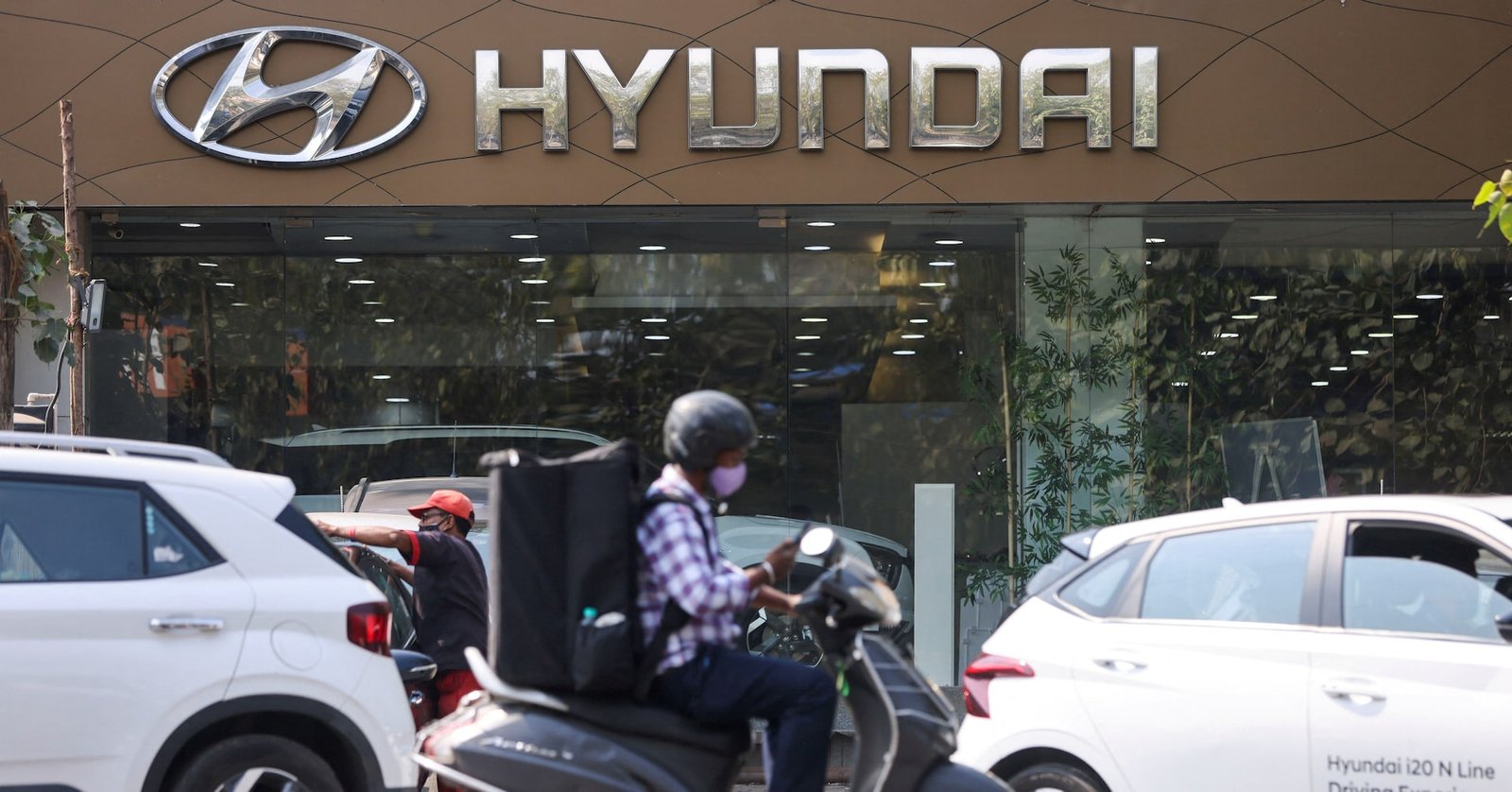The SUV rollout will begin with its first India-made electric vehicle early next year and the launch of at least two gasoline-powered models tailored for the market starting in 2026, said three sources with knowledge of the company’s plans.
“Hyundai is in a tough spot,” said V G Ramakrishnan, managing partner at consultancy Avanteum. “Its primary focus should be on how to retain market share and the only way to do that is with a faster product roll-out.”
Hyundai did not respond to requests for comment on its India plans.
‘VIBRANT MARKET’
India is the third-biggest revenue generator globally for Hyundai after the U.S. and South Korea, and it has already invested $5 billion in the country with commitments to pump in another $4 billion over the next decade.
“We take pride in consistently securing the second-largest market share in this vibrant market and will continue to elevate Hyundai as a premium brand,” Hyundai Motor Group’s Executive Chair Euisun Chung said during a visit to India in April.
Hyundai, which plans to sell up to 17.5% of its shares in the Indian business to the public, said it would continue this “premiumisation” strategy, which has helped it record some of the highest profit margins among peers in India but has come at the cost of volumes.
The automaker will need to maintain a fine balance between market share and margins after its listing, said Ramakrishnan.
“If there is a drop in either one, the company can be questioned by shareholders,” he said.
Hyundai’s shrinking market share has come despite hitting its highest-ever sales in India last fiscal year.
INTENSE COMPETITION
As customer preferences shifted, Hyundai launched its first locally-made SUV in 2015. The mid-sized Creta, priced between $13,000 and $24,000, was an instant success and is Hyundai’s biggest money spinner.
Hyundai now has eight SUVs in its portfolio of 13 cars but its share of India’s total SUV sales of 2.5 million units last fiscal year fell to 19% from 24% three years ago, the IPO papers showed.
Of the two new gasoline-powered SUVs Hyundai is planning for India, the first will be based on its Bayon crossover currently sold in global markets, the three sources said, competing against Maruti’s Fronx crossover and Tata’s Nexon SUV.
The second will be bigger than Hyundai’s Creta SUV and is expected to compete with Mahindra’s XUV700.
The two SUVs are expected to add around 120,000 units a year to Hyundai’s volumes, one of the sources said. The carmaker sold 615,000 cars in India, of which 63% were SUVs and the remainder hatchbacks and sedans, and exported 163,000 vehicles last fiscal year, industry data showed.
Hyundai’s rivals, however, are not standing still.
Tata, India’s top-selling EV maker with a market share of more than 75%, has said it plans to launch five EVs over the next three to four years, taking its total to 10.
Mahindra has said it will launch seven electric SUVs and six new gasoline-powered SUVs by the end of the decade. Market leader Maruti is doubling down on SUVs and hybrids, and plans to launch six EVs by 2031.
“What brought Hyundai so far will not necessarily take it into the future. Competition is more intense,” said an Indian supplier to Hyundai.
Sign up here.
Reporting by Aditi Shah; Additional reporting by Heekyong Yang in Seoul; Editing by Jamie Freed
Our Standards: The Thomson Reuters Trust Principles.


